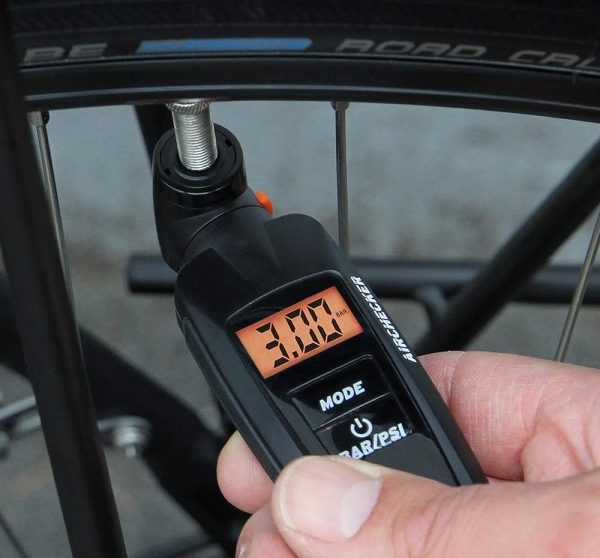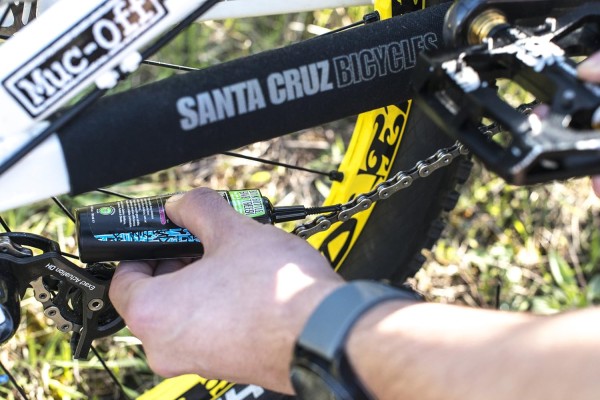Do you remember the last time you soared down a hill on your bike, the wind rushing through your hair and the thrill of the ride? It’s a feeling of freedom and connection to the world around you. Just as your bike is your trusty companion on these adventures, your helmet is your guardian angel, protecting you from potential harm. But have you ever wondered how often you should replace your bike helmet?
Imagine this: you’re a gardener tending to your beloved plants. You nourish them, water them, and watch them grow. But as time goes by, you notice signs of wear and tear – wilting leaves, and brittle stems. You know it’s time to replant, to give your plants a fresh start. Similarly, your bike helmet, like your plants, has a lifespan. It may not show visible signs of wear, but its protective capabilities diminish over time.
In this article, we will delve into the signs of helmet wear and tear, the factors that determine when it’s time for a replacement and tips for maintaining your helmet. So, put on your gardening gloves and let’s ensure your helmet continues to be your loyal protector on the open road.

1. Signs of Helmet Wear and Tear
So, how often should you replace your bike helmet? Well, let’s take a look at the signs of wear and tear that you should be on the lookout for.
Your bike helmet is a crucial piece of safety equipment, and it’s important to ensure it’s in good condition to protect your head in case of accidents. One of the first signs to watch out for is any visible cracks or dents on the outer shell. These can weaken the helmet’s structure and compromise its ability to absorb impact.
Additionally, if you notice any fraying or loose straps, it’s a clear indication that your helmet has seen better days. The straps are essential for keeping your helmet securely in place, so any damage to them can affect their functionality.
Another sign of wear is when the padding inside the helmet starts to deteriorate or become compressed. This can impact the helmet’s ability to provide a comfortable and secure fit, as well as its ability to absorb impact.
Lastly, if your helmet has been involved in a crash or has taken a hard hit, it’s crucial to replace it, even if there are no visible signs of damage. Remember, it’s always better to be safe than sorry when it comes to protecting your head.
So, keep an eye out for these signs of wear and tear and replace your bike helmet as needed to ensure your safety on the road.
2. Understanding the Lifespan of a Bike Helmet
Regularly wearing a helmet during your cycling adventures means eventually bidding farewell to a trusty head protector. Understanding the lifespan of a bike helmet is essential in ensuring your safety on the road.
While there is no specific expiration date for helmets, it is recommended to replace them every three to five years. Over time, the materials in the helmet can deteriorate, reducing their ability to protect your head in case of an accident. Additionally, exposure to sunlight, extreme temperatures, and sweat can also affect the helmet’s integrity.
To determine if your helmet needs to be replaced, there are a few signs of wear and tear to look out for. Check for any cracks, dents, or loose padding, as these can compromise the helmet’s effectiveness. If the straps are frayed or no longer securely fasten the helmet, it’s time for a replacement. It’s important to remember that even if your helmet appears to be in good condition, it may still need to be replaced if it has been involved in a crash or impact. The force from such incidents can weaken the helmet’s structure, making it less reliable in the future.
Belonging to a community of responsible cyclists means taking care of yourself and others. Replacing your helmet regularly is a small but crucial part of this commitment. So, when it’s time to say goodbye to your trusty head protector, embrace the opportunity to find a new helmet that fits your style and keeps you safe on all your cycling adventures.
3. Factors That Determine Helmet Replacement
When it’s time to bid farewell to your trusted head protector, consider the factors that determine when a helmet needs replacing.
Your bike helmet is an essential piece of equipment that helps keep you safe on the road, so it’s crucial to understand when it’s time for a new one.
One of the main factors to consider is the age of your helmet. Over time, the materials and structure of your helmet can deteriorate, making it less effective in protecting your head. The general rule of thumb is to replace your helmet every five years, even if it still looks fine. However, if you’ve had a crash or dropped your helmet, it’s best to replace it immediately, as the impact can compromise its integrity.
Another factor to consider is any visible damage or wear on your helmet. Cracks, dents, or even just wear and tear can weaken the helmet’s ability to protect you. If you notice any damage, it’s time to invest in a new helmet.
Lastly, consider the fit of your helmet. As you use your helmet over time, the padding can compress, leading to a looser fit. A helmet that doesn’t fit properly won’t provide the necessary protection, so it’s important to replace it if it no longer fits snugly.
Remember, your helmet is your best friend when it comes to safety on your bike. By considering these factors, you can ensure that you always have a reliable and effective head protector.
4. Tips for Maintaining Your Bike Helmet
To keep your bike helmet in top condition, it’s important to give it some TLC and perform regular maintenance tasks. By taking care of your helmet, you not only ensure its longevity but also enhance your safety on the road.
Here are some tips to help you maintain your bike helmet.
- First and foremost, make sure to clean your helmet regularly. Use mild soap and warm water to gently wash the exterior shell and the straps. Avoid using harsh chemicals or solvents that could damage the helmet’s material. After washing, allow your helmet to air dry completely before storing it.
- Inspect your helmet for any signs of wear and tear. Look for cracks, dents, or any damage that may compromise its structural integrity. If you notice any issues, it’s time to replace your helmet.
- Additionally, check the fit of your helmet regularly. The straps should be snug but not too tight, and the helmet should sit level on your head, covering your forehead. If the fit feels loose or uncomfortable, adjust the straps and the sizing mechanism accordingly.
- Remember to store your helmet in a cool, dry place, away from direct sunlight and extreme temperatures. Avoid hanging it on handlebars or leaving it on the ground where it could get damaged.
By following these maintenance tips, you can ensure that your bike helmet remains in excellent condition, providing you with the necessary protection every time you ride. Take care of your helmet, and it’ll take care of you on the road.
5. When to Invest in a New Helmet
Investing in a new helmet is crucial for your safety and peace of mind, as studies have shown that helmets can reduce the risk of head injury by up to 85%. So, when should you invest in a new helmet?
Well, it’s important to pay attention to the signs that indicate it’s time for a replacement. Firstly, if your helmet has been involved in a crash, no matter how minor, it’s time to get a new one. Even if the damage isn’t visible, the internal structure may have been compromised, making it less effective in protecting your head.
Additionally, if your helmet is older than five years, it’s time to consider a replacement. Over time, the materials in the helmet can deteriorate, reducing its ability to absorb impact. It’s better to be safe than sorry, so make sure to replace it.
Lastly, if you notice any cracks, dents, or other visible damage on your helmet, it’s a clear indication that it’s time for a new one. These damages weaken the helmet’s structure and can make it less effective in protecting your head.
Remember, your helmet is your best friend when it comes to keeping your head safe while cycling. So, don’t hesitate to invest in a new one when it’s necessary. Your safety and peace of mind are worth it.
Frequently Asked Questions
Can I repair a bike helmet that has signs of wear and tear?
Yes, you can repair a bike helmet that shows signs of wear and tear. It’s important to regularly inspect and replace any damaged parts to ensure your helmet provides proper protection.
How often should I clean my bike helmet?
You should clean your bike helmet regularly to keep it in good condition. Use mild soap and water to gently wash the helmet, and let it air dry completely before using it again.
Can I use a bike helmet that has expired but shows no signs of wear and tear?
Yes, you can use an expired bike helmet if it shows no signs of wear and tear. However, it’s important to remember that an expired helmet may not provide the same level of protection as a new one.
Are there any specific storage requirements for bike helmets?
Store your bike helmet in a cool, dry place away from direct sunlight. Avoid exposing it to extreme temperatures or chemicals. Proper storage helps maintain its integrity and ensures it will protect you when you need it.
What should I do if my bike helmet doesn’t fit properly anymore?
If your bike helmet doesn’t fit properly anymore, don’t ignore it! Studies show that a poorly fitting helmet can reduce protection by up to 50%. It’s crucial to ensure a snug and secure fit for optimal safety.
Conclusion
In conclusion, it’s crucial for your safety on the road to keep your bike helmet in good shape. Remember, helmets have a limited lifespan, and it’s essential to replace them at the right time. Did you know that according to a study by the Insurance Institute for Highway Safety, helmets should be replaced every five years? So, don’t forget to check for signs of wear and tear regularly and invest in a new helmet when needed. Your head will thank you!





